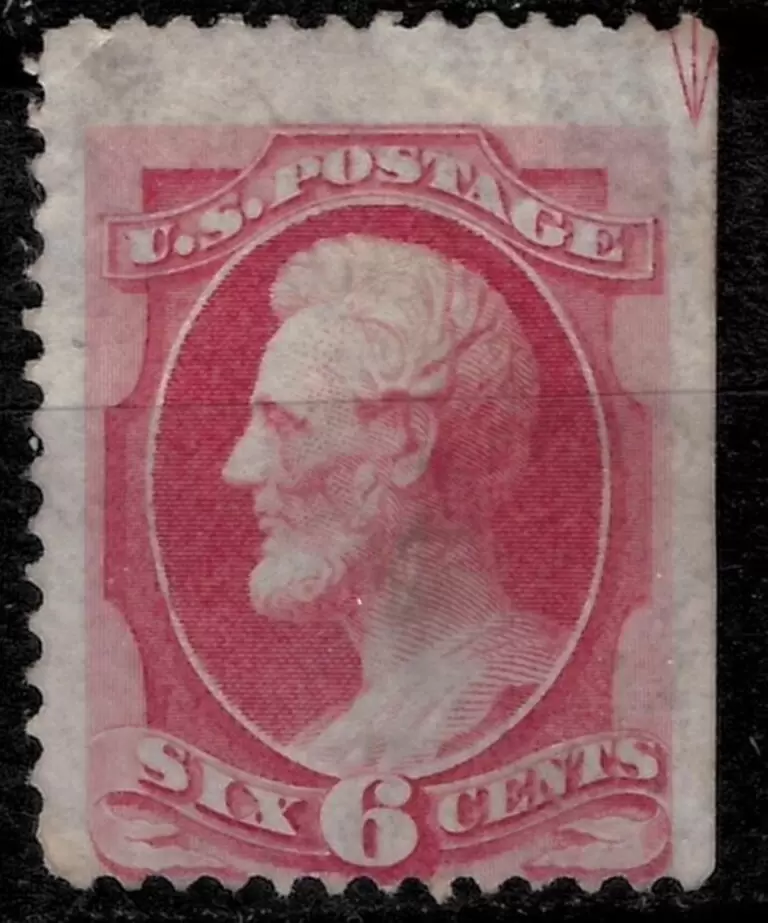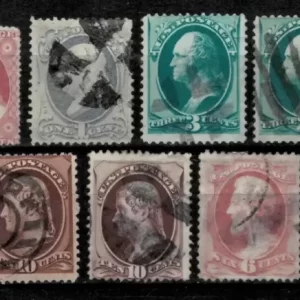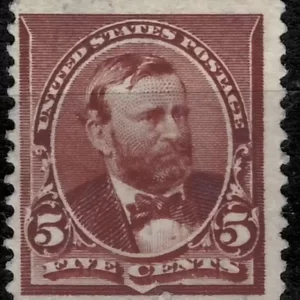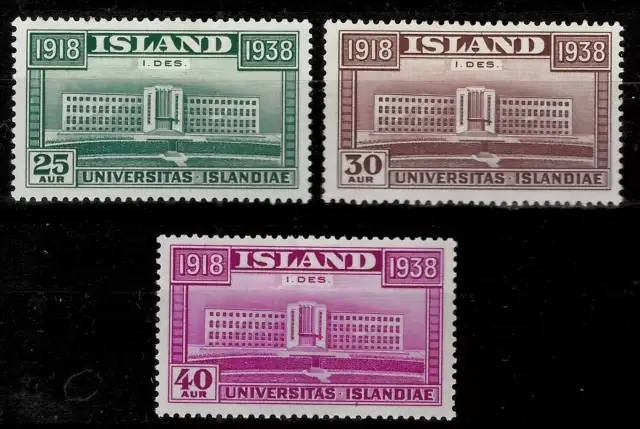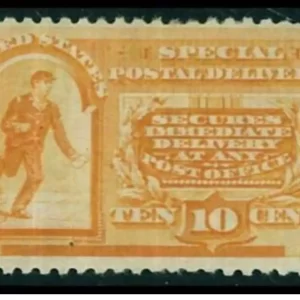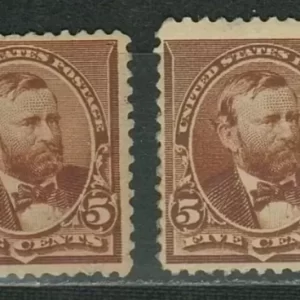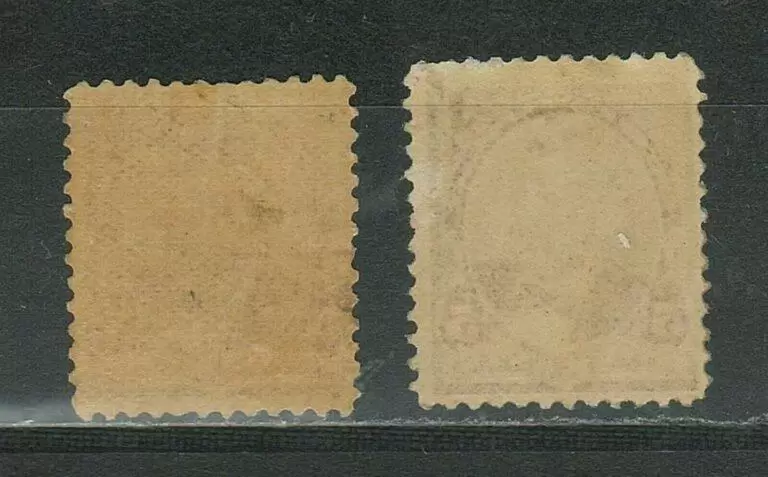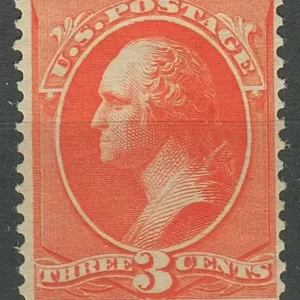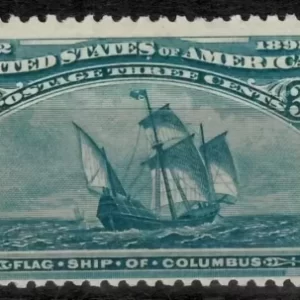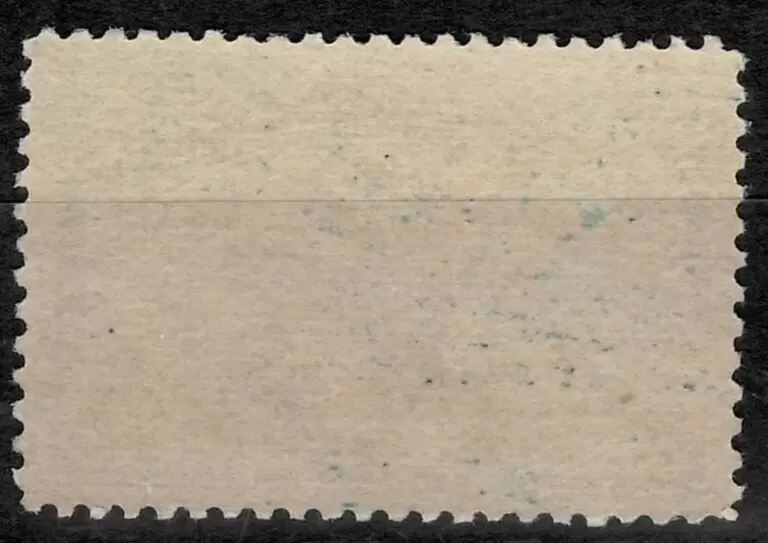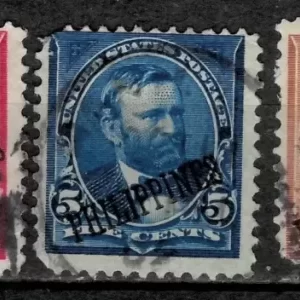USA Stamp 1873 6c carmine used with special mark in corner
The USA 1873 6-cent carmine stamp is part of the Bank Note series issued by the United States. This series was produced by the Continental Bank Note Company. Here is a detailed overview of this stamp, including its historical context, characteristics, and collectibility:
Historical Context
- Bank Note Series: The 1873 6-cent carmine stamp is part of the larger Bank Note series, which includes various denominations and designs issued between 1870 and 1890.
- Production: The Continental Bank Note Company produced these stamps after taking over the contract from the National Bank Note Company in 1873.
Characteristics
- Design: The 6-cent carmine stamp features a portrait of Abraham Lincoln. The design is notable for its intricate engraving and fine detail, characteristic of the period’s high-quality printing techniques.
- Color: The stamp is printed in a carmine red color, which is a distinctive and vibrant shade.
- Paper and Perforation: Stamps from this period were printed on various types of paper and perforated with different gauge measures, typically around 12.
Special Mark in the Corner
- Special Mark: If a stamp has a special mark in the corner, it could indicate a variety of things, such as a cancellation mark, a control mark, or a plate flaw.
- Cancellation Mark: Often, stamps from this period were canceled with intricate handstamps or postmarks, which can appear in different parts of the stamp, including corners.
- Control Mark or Plate Flaw: Some stamps may have control marks or exhibit plate flaws (printing errors or anomalies that occurred during production), which can increase their rarity and value.
Collectibility and Value
- Condition: The value of the 1873 6-cent carmine stamp heavily depends on its condition. Factors include centering, perforations, color, and any faults or repairs.
- Postmarks: Stamps with clear, readable postmarks can be more valuable, especially if the postmark is from a rare location or has historical significance.
- Special Marks: If the special mark in the corner is a recognized plate flaw or an unusual cancellation, it could add to the stamp’s rarity and value.

